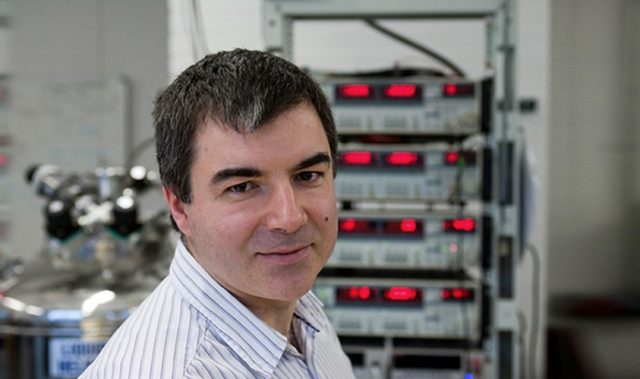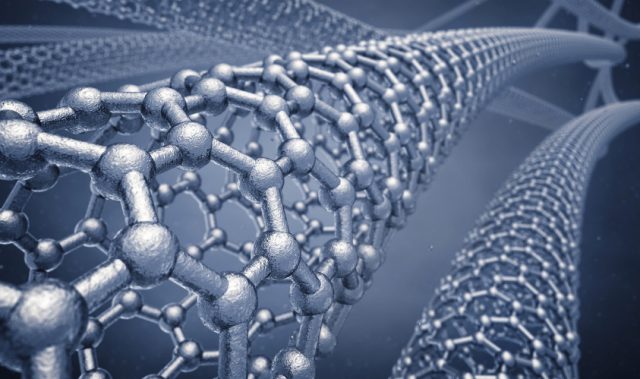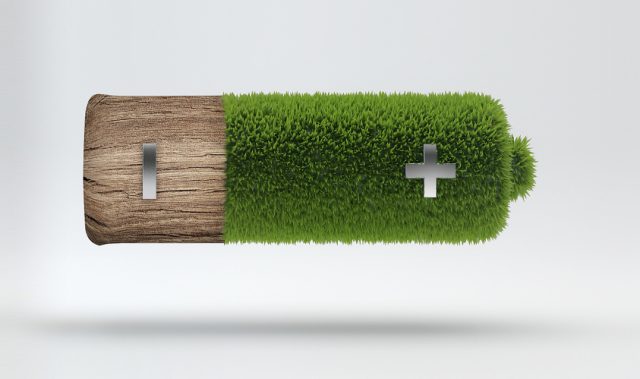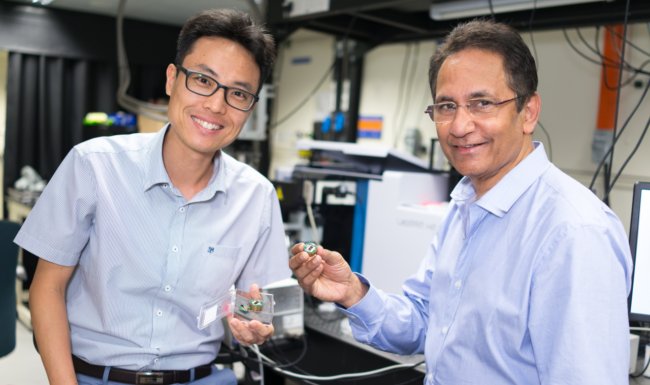
AsianScientist (Mar. 18, 2013) – Researchers from the National University of Singapore (NUS) have altered the properties of water, making it corrosive enough to etch diamonds. This was achieved by attaching a layer of graphene on diamond and heated to high temperatures. Water molecules trapped between them become highly corrosive, as opposed to normal water.
The study, published online in Nature Communications, was led by Professor Loh Kian Ping, Head of the Department of Chemistry at the NUS Faculty of Science. The research team included scientists from Bruker Singapore and Hasselt University Wetenschapspark in Belgium.
While diamond is known to be a material with superlative physical qualities, little is known about how it interfaces with graphene, a one-atom thick substance composed of pure carbon. The researchers sought to explore what happens when a layer of graphene, behaving like a soft membrane, is attached on diamond, which is also composed of carbon. To encourage bonding between the two rather dissimilar carbon forms, the researchers heated them to high temperatures.
At elevated temperatures, the team noted a restructuring of the interface and chemical bonding between graphene and diamond. As graphene is an impermeable material, water trapped between the diamond and graphene cannot escape. At a temperature that is above 400 degree Celsius, the trapped water transforms into a distinct supercritical phase, with different behaviors compared to normal water.
“We show for the first time that graphene can trap water on diamond, and the system behaves like a ‘pressure cooker’ when heated. Even more surprising, we found that such superheated water can corrode diamond,” said Professor Loh, who is also a Principal Investigator with the Graphene Research Center at NUS.
Due to its transparent nature, the graphene bubble-on-diamond platform provides a novel way of studying the behaviors of liquids at high pressures and high temperature conditions, which is traditionally difficult.
“The applications from our experiment are immense. In the industry, supercritical water can be used for the degradation of organic waste in an environmentally friendly manner. Our work can is also applicable to the laser-assisted etching of semiconductor or dielectric films, where the graphene membrane can be used to trap liquids,” he said.
The article can be found at: Lim C et al. (2013) A hydrothermal anvil made of graphene nanobubbles on diamond.
——
Source: NUS; Photo: jurvetson/Flickr/CC.
Disclaimer: This article does not necessarily reflect the views of AsianScientist or its staff.












